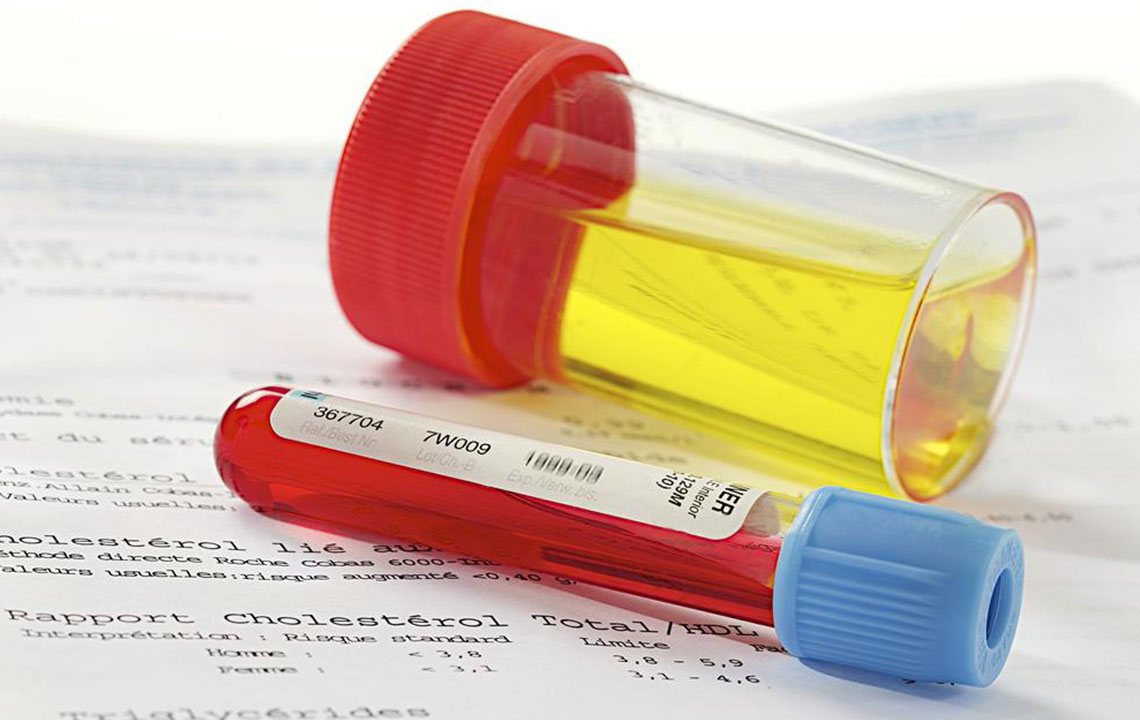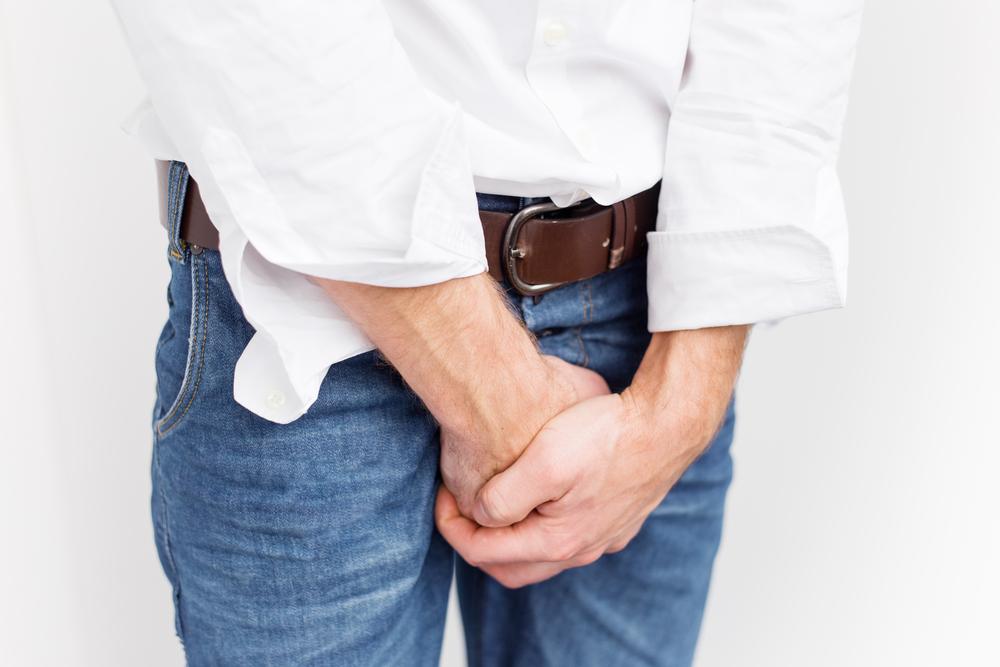Comprehensive Guide to Managing Urgency Urinary Incontinence: Causes, Symptoms, and Advanced Treatment Options
Discover comprehensive insights into urgency urinary incontinence, including causes, symptoms, and effective management strategies. Learn about conservative therapies, medications, advanced treatments like nerve stimulation, and lifestyle changes that can significantly improve quality of life. This guide offers detailed information to help those affected understand and address this common condition, empowering them to seek appropriate care and regain control over their bladder health.

Understanding and Managing Urgency Urinary Incontinence: A Complete Overview of Causes, Symptoms, and Effective Treatments
Urgency urinary incontinence (UUI) is a common yet often misunderstood condition characterized by a sudden, intense urge to urinate that can lead to involuntary urine leakage if not addressed promptly. It affects individuals across different age groups, predominantly impacting women and older adults, and can significantly impair daily activities and overall quality of life. Recognizing the root causes, symptoms, and available treatment options is essential for effective management and improved well-being.
UUI occurs when the bladder's muscular wall, known as the detrusor muscle, contracts involuntarily during the filling phase, sending an urgent signal to the brain that it’s time to urinate. However, this maladaptive response can happen prematurely, resulting in unexpected leakage. In some cases, this condition coexists with stress urinary incontinence, where physical movements such as coughing, sneezing, laughing, or lifting exacerbate urine leakage due to weakened pelvic floor muscles. Understanding these overlapping conditions can help in tailoring effective treatment strategies for each patient.
Common symptoms associated with urgency urinary incontinence include a sudden, compelling urge to urinate that is difficult to suppress, involuntary urine leakage following this sensation, and frequent bathroom visits—often eight or more times daily. Many individuals also experience nocturia, waking multiple times during the night to urinate, which can disrupt sleep patterns and cause fatigue. Leakage during physical activities and an increased frequency of episodes can adversely affect mental health, social interactions, and occupational functioning.
The underlying causes of UUI are diverse and often multifactorial. Nervous system dysfunctions such as spinal cord injuries, cerebrovascular accidents (strokes), or neurological disorders like Parkinson’s disease and multiple sclerosis can disrupt normal bladder control pathways. Infections of the urinary tract can irritate the bladder, increasing urgency. Structural issues like prostate enlargement in men or bladder tumors may also compromise normal function. Other contributing factors include aging, hormonal changes—especially in women after menopause—and lifestyle factors like obesity and smoking.
Effective management of urgency urinary incontinence involves a comprehensive approach, combining lifestyle modifications, physical therapies, medications, and, in some cases, surgical interventions. Lifestyle adjustments are fundamental and include weight management to reduce abdominal pressure, fluid regulation to prevent bladder over-distension, and reducing intake of bladder irritants such as caffeine, alcohol, and spicy foods.
Pelvic floor exercises, commonly referred to as Kegel exercises, play a pivotal role in strengthening the muscles that support the bladder and urethra, thereby reducing episodes of leakage. Biofeedback therapy can enhance awareness and control over pelvic muscles, leading to improved bladder stability. For individuals who do not respond sufficiently to conservative measures, medications like anticholinergic drugs help calm overactive bladder muscles by blocking nerve signals that trigger involuntary contractions. Botox injections directly into the bladder muscle can provide long-lasting relief by reducing involuntary contractions in select cases.
Advanced treatment options may involve neuromodulation techniques, such as sacral nerve stimulation, which deliver mild electrical impulses to nerves controlling bladder function. This method can significantly decrease urgency and leakage episodes and restore better bladder control. For persistent or severe cases, surgical procedures, including bladder augmentation or the placement of urinary catheters, might be considered after thorough evaluation.
It’s crucial for individuals experiencing symptoms of UUI to seek consultation from a healthcare professional specializing in urology or pelvic health. Proper diagnosis involves a detailed medical history, physical examination, and possibly diagnostic tests such as urodynamics, bladder scans, or cystoscopy. Personalized treatment plans can then be devised to target the specific causes and severity of each case, ensuring optimal outcomes.
Living with urgency urinary incontinence can be challenging, but modern medical advances provide numerous avenues for effective management. Early intervention, behavioral therapies, and appropriate medical treatment can help regain confidence, reduce leakage, and restore quality of life. Staying informed and proactive about symptoms is key to controlling this condition and maintaining an active, fulfilling lifestyle.





